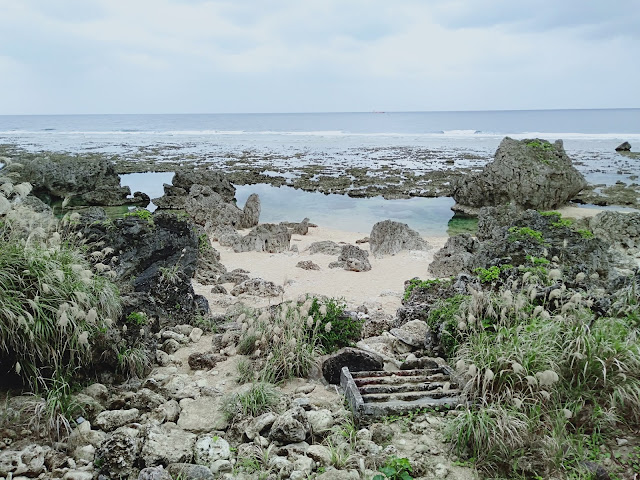Last Trip in Japan: Okinawa
At the end of November, I found out I would be starting my new job training in January, in Washington, DC. That meant I had less than a month left in Japan. The original contract extension I signed ran through the end of December, but our company's New Year holiday started on Tuesday, the 29th. I also had only taken one vacation day since March. I'm not sure how HR calculated it, but they said I had 17 available days (for once the company math worked out in my favor!).
I wasn't able to use up all my days, but did take the second half of December off. The week of the 14th I started preparing for my move and wrapping up in Tokyo. There were a surprising number of things I had to do, including: cancel my rent contract (which thankfully was month to month at that point), set up online banking, give the post office a forwarding address for my mail, forward my utility bills, pay my outstanding residence tax, appoint a tax representative, complete a moving out form at my local city hall, return my health insurance card, cancel my cell phone contract, and mail back my sim card.
All of that would have been intimidating even if I spoke fluent Japanese. Fortunately, my girlfriend helped me out with a lot of things. Oh, speaking of banking, I still haven't been able to send any money back from Japan! Long story short, I need something called a My Number card, which I can no longer get, since I'm not a resident any more. Bit of a catch-22. So, this is another thing my girlfriend has to help me with (a big thanks to you if you're reading this!!).
The week of December 21, I took a last minute trip to the far south of Japan. My first stop was the island of Okinawa, which is famous here in the US as the site of the last major battle of the Pacific during World War 2 (prior to the atomic bombing of Hiroshima and Nagasaki), and the current site of dozens of American military bases. In addition to military history, Okinawa offers beaches, stunning seaside cliffs, unique local cuisine, and year-round warm temperatures.
I managed to find a great hotel deal--two nights for less than $50, plus a $10 Go To Travel voucher which I could use at dozens of local shops and restaurants. My first full day on Okinawa, I took a bus to the southeast part of the island, where I hiked to several beaches and cliffs, and then visited the Peace Memorial Park and Museum, dedicated to the approximately 150,000 people who lost their lives during the battle in 1945. Estimates vary, but a third or more of the 300,000 civilians living on the island are thought to have been killed or committed suicide.
My second day was more upbeat, with a visit to Shuri Castle and a traditional market in Naha. That evening, I flew further south, to the island of Ishigaki. I'll do a separate post for my two days and nights there. Below are some photos from my visit to Okinawa:































Comments